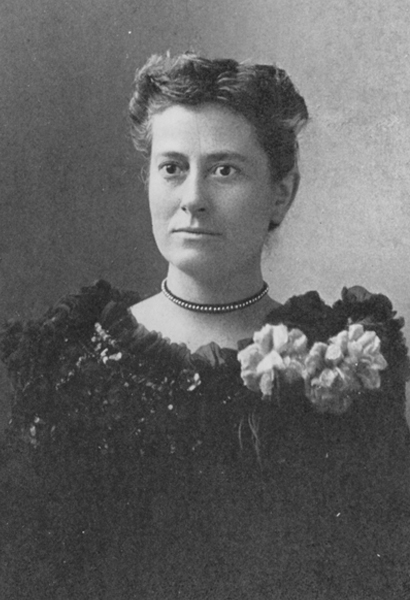

Birth: May 15, 1857
Death: May 21, 1911
Specialty: Astronomy
Major Contributions:
Helped develop a designation system for stars
Discovered the Horsehead Nebula
Discovered white dwarf stars
With no formal training in astronomy, Williamina Fleming’s contributions to the field are numerous and groundbreaking.
At fourteen she began teaching in the public schools in her home of Dundee, Scotland and at twenty years of age she married. The couple moved to America a year later while she was pregnant, but before her child was born her husband abandoned the young family.
To make ends meet she began working as a housekeeper for Edward Pickering, an astronomy professor and director of the Harvard College Observatory. Stories say that Pickering was frustrated at the lab one day and claimed that his housekeeper could do better work than the men he was working with, so he hired his housekeeper to do clerical work and calculations at the observatory.
Fleming noticed that there was no classification system for the information they were looking at so she developed her own. This method, called the Pickering-Fleming System, is based on using the unique pattern of lines caused by the refraction of a star’s light through a prism, otherwise known as a spectrum. Using this system the observatory was able to catalog over 10,000 stars in just nine years’ time with the findings published in the 1890 Draper Catalogue of Stellar Spectra.
A few years later she was put in charge of editing all studies published by the Harvard College Observatory, which allowed her to hire many more young women to work at the lab, among them astronomer Henrietta Swan Leavitt. In 1898 Fleming was appointed to be the curator of the astronomical photos at the observatory, the first woman to fill this position. During her career she discovered ten novae, 310 variable stars, and 59 nebulas including the Horsehead Nebula.
She was elected to the Royal Astronomical Society in 1906 as the first American woman in the membership and four years later she discovered white dwarf stars. Fleming’s system was the basis for Annie Jump Cannon’s classification system, amended by Antonia Maury, which was later adopted by the International Astronomical Union.
Written by Angela Goad
Sources:
She Is An Astronomer: Williamina Fleming
Williamina Paton Stevens Fleming: From Housekeeper to Astronomer
Harvard University Library Open Collections Program: Williamina Paton Stevens Fleming
See Also:
Hubble Sees a Horsehead of a Different Color
